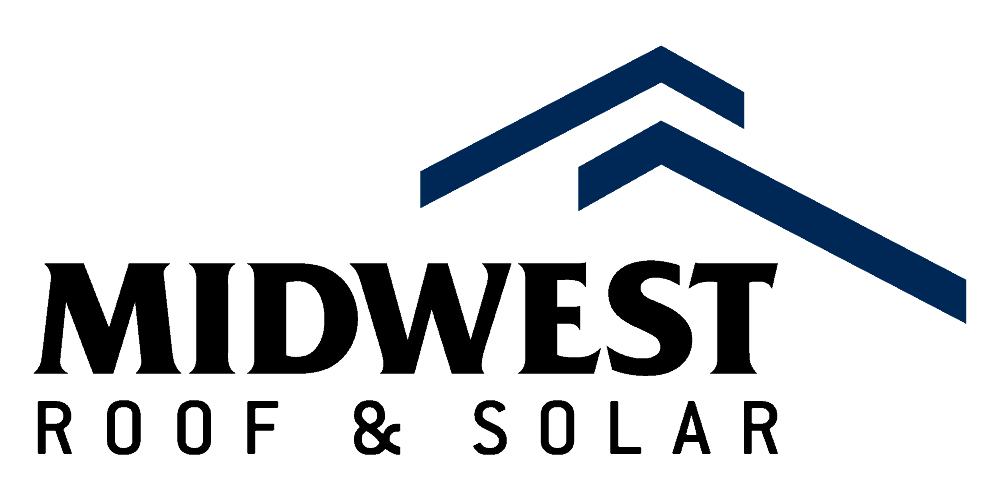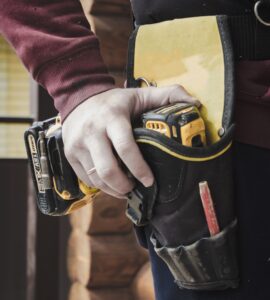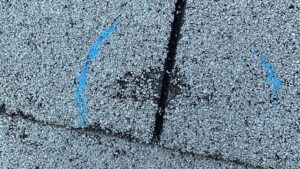According to Forbes, installing a roof costs–on average–$11,500.
“Expensive” and “unaffordable” are relative terms. The above dollar amount could be anything from a financial pipedream to a downright bargain, depending on your situation.
What can’t be argued is that $11,500 is a substantial chunk of change, whether obtainable or aspirational. It’s not an amount of money to scoff at or throw around.
You’re making an investment once you’re paying five figures–even four figures on the low end. Your return can be financial (e.g. when you sell your home or business or how much you save on repairs). Or, the return can be more quality-of-life or peace-of-mind focused.
Either way, a roof installation costs enough that you need your decision to pay off. Thus, many homeowners and business owners prioritize durability and reliability. As a result, GRP (glass-reinforced polyester) fiberglass roofing has surged in popularity.
This article will explore the broader picture and specifics of GRP roofing installations.
What Is GRP Roofing?
GRP fiberglass roofing is designed for flat roofing system applications. It’s highly sought-after by homeowners and a preferred option for industrial buildings.
Reinforced with first-class glass fibers, GRP roofing consists of mixed material, easily covering vast spaces since it can be placed quickly. Typically, commercial structures with flat roofs include fiberglass in their composition.
The streamlined and highly safe installation process are two primary reasons for GRP’s surge in popularity.
Furthermore, GRP roofing lasts much longer than a felt roof. The lasting powers of both options aren’t even in the same ballpark.
To the above point, many fiberglass laminates made in the 1940s–the earliest days of GRP production–remain in use. Some more modern GRP roofing options can last around 50 years, depending on how well it’s maintained and the wear and tear it’s subjected to.
Speaking further to the versatility of GRP roofing is how its applications go beyond buildings and homes. It’s so durable that it’s often used for water tanks, 18-wheelers, boats, and ponds.
Confidence that your roof won’t give you any issues offers undeniable peace of mind.
After all, we already know the average costs of a roof installation–which might be necessary for a failing roof. However, even a minor repair can set you back, with the average cost being about $1,000, says Today’s Homeowner.
A roof you can count on to remain intact keeps you light on strife and heavy in the wallet.
Installing GRP Roofing.
First and foremost, a GRP roofing installation requires decking to be prepared. All unwanted substances and materials must be removed from the deck, ensuring the cleaning and clearing of joists from lots to adequately set up for fiberglass installation.
All boards must go to their appropriate areas. Also, the deck should be moisture-free–100% dry–to ensure the GDP roofing can be installed successfully.
From there, GRP fiberglass roofing installation involves applying a catalyzed resin layer onto the roof decking to fortify the coating.
After waiting for the roof deck to dry (Oriented Standard Board or OSB3 and G3 board wood roof decks are ideal), a fiberglass mat is laid atop the resin. Then, a second catalyzed resin layer is added to finish the system.
When the system is cured, it’s further fortified with a fire retardant top coat resin for weatherproofing and other aesthetic benefits.
Edge trims and drip trims are specially made and fitted to the roof edges and abutments prior to laying down the GRP.
With the number of fortified layers added to GRP fiberglass roofs, answers to why it’s such a durable choice become clear. It often takes up to three decades for any noticeable signs of deterioration to be visible.
GRP Roofing Benefits.
Now you know how GRP roofing is installed, but what are the benefits? Sure, we can sing about durability and reliability to the skies, but those are broad terms. Below, we’ll delve deeper into the advantages of GRP fiberglass roofing.
Maintenance Is A Breeze With GRP Roofing.
Many roofs are subject to water destruction and general erosion–it’s seemingly unavoidable unless we’re discussing a durable choice like GRP.
Engineers have made the fiberglass smooth by turning it into a chemical substance. Thus, it’s far less vulnerable to the environmental factors discussed above.
We still advise inspecting your roof twice annually and performing mild cleaning. However, the workload requirements are far less than for comparatively fragile options like felt roofing.
The Convenience Of GRP Roofing.
GRP material can be pre-cut from the manufacturing site and quickly transported to where it must be installed.
Also, the installation process is pretty straightforward. Whoever you hire to install your roof can get it done quickly and safely, and they’ll be out of your hair before you know it, leaving you with a robust finished product and zero frustration.
Standing The Test Of Time With GRP Roofing.
We’ve discussed how GRP roofing can last–in some cases–around 50 years. It’s worth noting this refers to the premium options on the market and isn’t reflective of all GRP roofing.
So, on the low end, let’s say GRP fiberglass roofing can last up to 20 years. That’s still astronomically longer than what an option like felt roofing offers.
Specifically, felt roofing only lasts about eight years–not even a decade!
Home, office, and business owners all appreciate this longevity, knowing they won’t have to fret over repairs or replacements as they draft their annual budgets.
Keeping Safe And Sound With GRP Roofing.
The fire-retardance and corrosion-resistance of GRP roofing optimize safety in homes, commercial buildings, and offices where it’s installed. These characteristics result from the intricate engineering process undergone by the laminated resins.
Have Any More Questions About GRP Roofing? Reach Out To An Expert.
With over 20 years spent in the roofing industry, the team at Midwest is a wealth spring of knowledge regarding all related topics, including GRP installation.
Do you feel there’s more you need to know about GRP before you make your final roofing installation decision?
If so, reach out to us and ask us anything about GRP roofing preparation, installation, maintenance, or cost.





